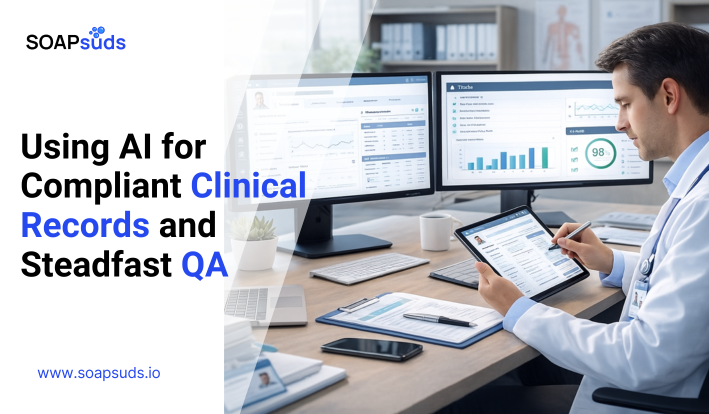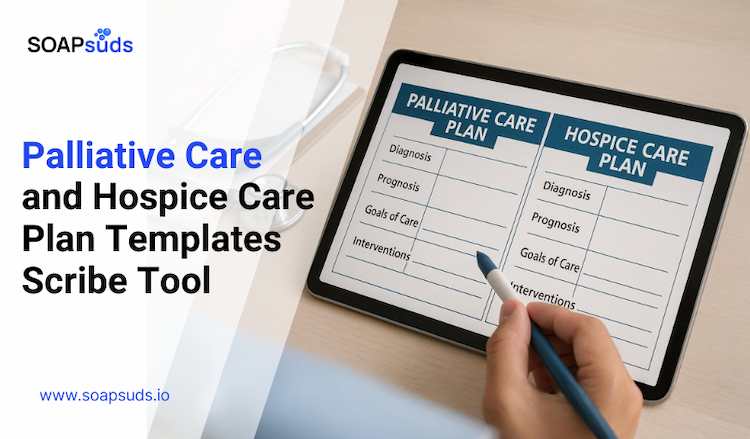ICD-11 Coding Guidelines for US Clinicians in 2025
SOAPsuds team
Published: 3/27/2025
SOAPsuds team
Published: 3/27/2025

Decoding patient and provider readiness for healthcare AI is essential for successful technology integration into...

The healthcare sector is witnessing a shift in medical documentation with the advent of AI...

Medical scribe abilities depend on having strong knowledge in important areas of healthcare. As...

As a home health or hospice agency owner, you already know that clinical documentation

Doctors spend more than 20 hours a week handling documentation, leaving less time

This Palliative Care Plan Template helps clinicians record and manage the changing needs of patients
Clinical Notes
SOAP notes
DAP notes
AI medical notes